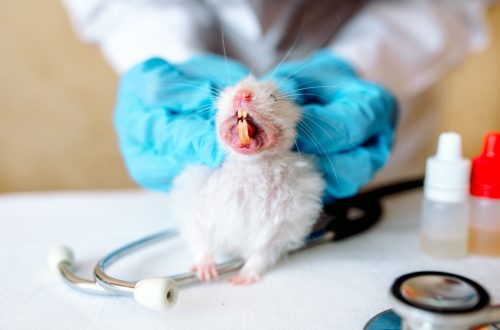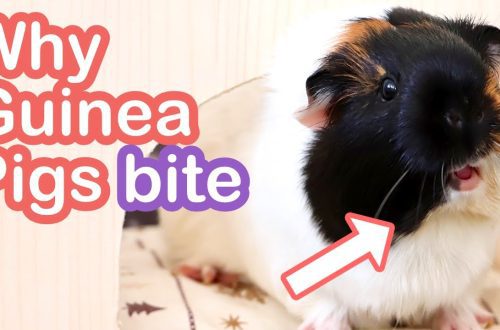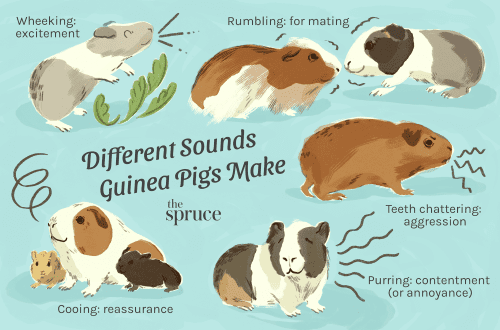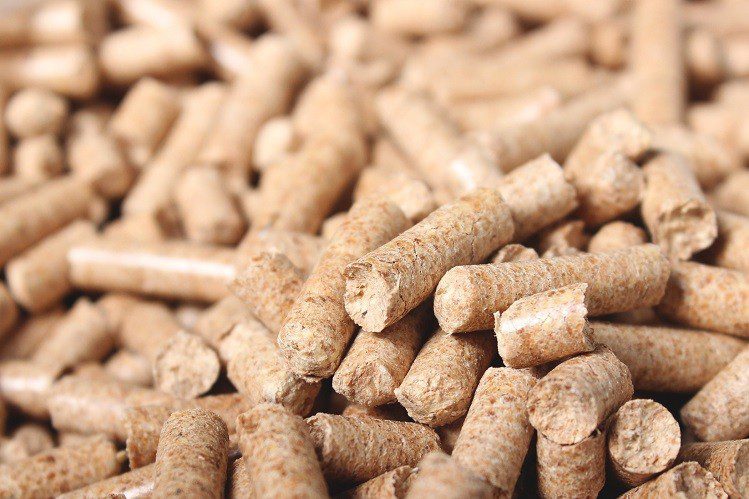
How to choose a filler for a rodent and a rabbit?
The owner of a rodent or a rabbit should make sure that the filler in his pet’s cage is practical and safe. Not all fillers are suitable for small animals, and some can even be harmful.
We will tell you in detail how to choose a filler for rodents and rabbits, which will be convenient and comfortable for them.
Contents
What is the best litter for rodents?
The bottom of the cage for rats, mice, guinea pigs, chinchillas and hamsters should be lined with filler, which will serve not only as a toilet, but also as a soft comfortable bedding. With a suitable filler in the cage, the rodent is warm, dry and comfortable.
Here is what is suitable for a cage of representatives of the rodent order:
- Sawdust. This is the most popular type of filler. Guinea pigs and rats, for example, are very fond of digging through sawdust. The main thing here is to purchase sawdust designed specifically for rodents (they are called that. For example, “Fiory Woody sawdust for rodents”). They are purified and adapted for use in cells.
Sawdust is an environmentally friendly material. They have a pleasant unobtrusive aroma and are economically consumed.
Sawdust for other purposes (sold by weight, etc.) may contain sharp chips, which will lead to injury to the pet. They can also contain pollution, a large amount of dust and even parasites. Because of such a filler, the animal may develop allergies, asthma, or it may get poisoned.
Purchase special litter for rodents at the pet store. Please make sure the packaging is intact before purchasing.
To avoid unpleasant odors in the house, sawdust should be changed every 2-3 days. And if you have several rodents in one cage, every day is better.
- wood pellets. These are the same sawdust, only pressed. They are very comfortable, as they do not create dust and perfectly absorb moisture. But the pellets are noisy, so you will hear all the movements of the rodent around the cage. Also, the hardness of the filler can be attributed to the minuses. Some pets with tender paws may develop pododermatitis. To prevent this from happening, choose lines with specially shaped granules for rodents that do not injure the paws, but at the same time contain vitamins. For example, PrettyCat has wood litter with carrot chips. It does not create discomfort, does not form dust and is safe if it enters the gastrointestinal tract.
- Corn filler. Perfectly absorbs, does not cause allergies and retains an unpleasant odor. Rodents love to taste it on the tooth – and you can safely let them. Thus, the animals grind their teeth, so that the corn filler at the same time performs the function of a mineral stone. There are fillers with a pleasant aroma of lemon and wild berries (Fiory).
- Cellulose flooring. For small pets, this is a great option. But there are still downsides. The material is very light and volatile, so you have to clean up often. And cellulose does not absorb unpleasant odors as well as we would like.
Rodent owners can use other fillers. But we recommend experimenting only within products designed specifically for rodents. Cotton wool, paper and other materials as a filler are not only ineffective, but also dangerous to the health of the animal.

What is the best litter for rabbits?
Rabbits, unlike rodents, do not live in cages, but in spacious fenced enclosures. But a cage is also useful for a rabbit: he can hide in it like in a house or jump in there to relieve himself.
The filler will be needed for both the cage and the aviary. Pour it not only into the tray, but also around the entire perimeter of the floor. Rabbits are great at littering, but defecation can happen anywhere, at any time. The filler will help keep it clean and keep the smell.
You need to choose only a professional purified filler for rodents and rabbits, which is safe if it enters the digestive tract. So you can be sure of its quality. What filler is suitable for a rabbit?
sawdust;
corn filler (but the presence of a fine mesh on the tray is mandatory in this case);
wood pellets.
Hay in the rabbit house should also be every day. But hay is food, not filler. It does not absorb moisture well and does not retain odors.
Do not place hay at the bottom of the cage, but in a hay box or a special nursery. It is better to choose alpine (for example, alpine with Fiory chamomile), because. it has a higher concentration of nutrients than in the meadow.
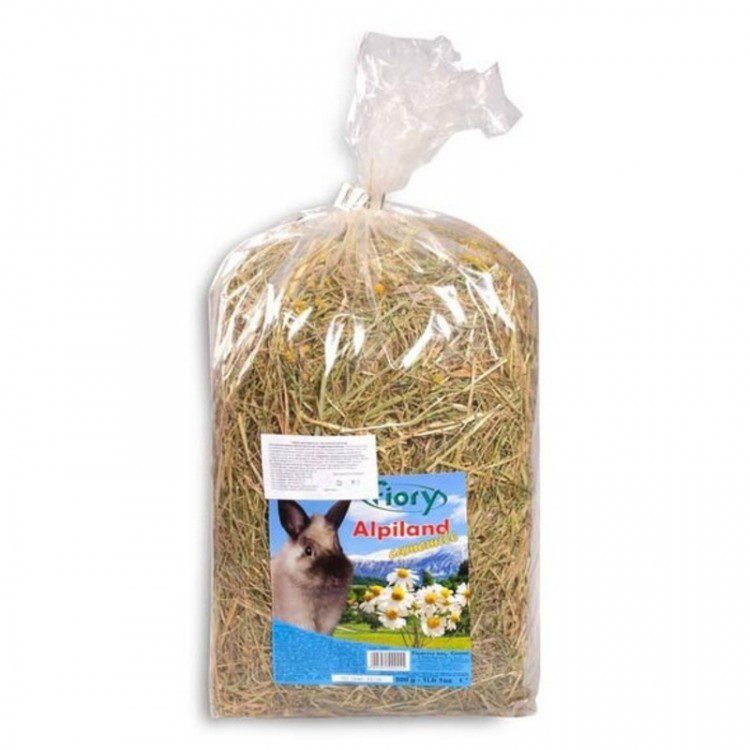
What can not be used as a filler for rodents and rabbits
“Forbidden” materials are:
Paper. Before the advent of various fillers on the market, the owners of rodents and rabbits used the most ordinary paper, or rather, newspapers. But neither plain paper nor newsprint is suitable. The first does not absorb moisture well and leaves an unpleasant odor, and the second is toxic due to printing ink and will harm the pet if he eats it.
Hay. Such a filler has only one advantage – naturalness. Rodents, and rabbits in particular, really like to rummage through it. But it does not absorb moisture at all and does not absorb odors, so you will have to change it very often.
Disposable diapers. Yes, it perfectly absorbs moisture and is generally comfortable, but the rodent will probably want to dig into the diaper and rub it with his teeth. And inside the diaper there is ordinary cotton wool, which, if it enters the stomach of the animal, will provoke a blockage.
Cotton wool. Similar to disposable diapers: it will clog the pet’s gastrointestinal tract and can be fatal.
Street grass. As a filler, it is absolutely useless, because. does not absorb moisture and odors. In addition, grass collected not in ecologically clean areas will be a real poison for the animal if it eats it. Washing the grass won’t do much good.
Sand. It absorbs moisture well, but that’s where the pluses end. The sand is fine, so it will get into the mouth, nose and eyes of the animal, injuring them and provoking allergic reactions.
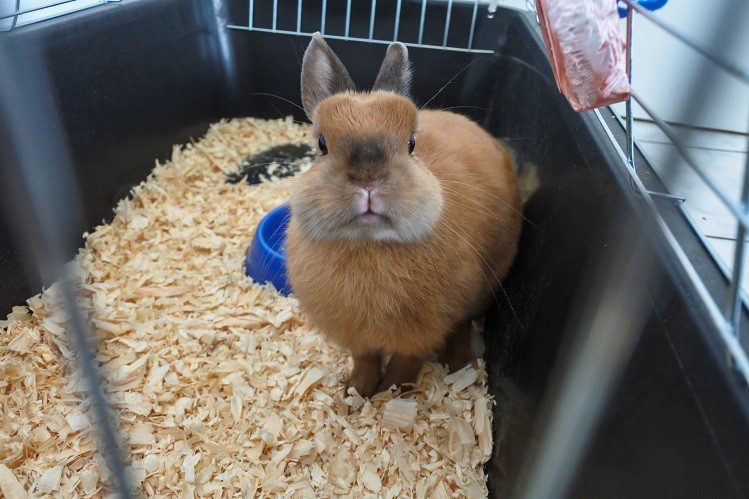
If you choose a filler, then stop at natural and safe. When it comes to the health and life of your beloved pet, savings fade into the background.



